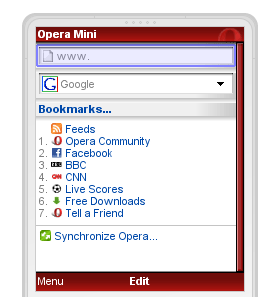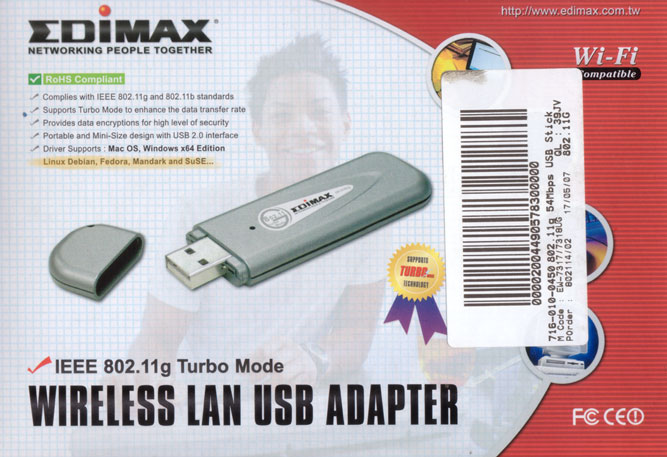Since I finally got Gigaclear Fibre to the Premises (FTTP – which took over 18 months from when I placed my order) my blog has been offline. This was due to the fact that my static IP is associated with the FTTC (regular Fibre to the Cabinet) Broadband – which I am keeping as a backup/ secondary WAN as its only costing me a couple of quid more than land line rental. Getting FTTP mean’t getting a new router and I decided it was a good time to rethink my home network and implement VLANs to segregate different uses of my home network. Bought a very flexible little Dual WAN router/switch that I am super pleased with that allows me to seperate IoT from my main network (which is security best practise as IoT can have some horrible security holes). Now need to upgrade my main switch to a managed switch so I can implement VLANs throughout the network (and I am still wondering what to do about WiFi (without an expensive upgrade to VLAN aware Access points – as Gigaclear threw in a pretty decent Wifi Mesh system) At the moment I am running 2 Wifi networks – but that probably needs a rethink at some point.
As for the Raspberry PI Zero W – amazing that something so small (and powered off a router USB port!) can power a WordPress blog. Sure its not going to handle loads of requests (but then my blog never gets that!). I’ve also switched from Apache2 to Nginx. Now my web server is totally separate and decoupled from the rest of my Home Lab and virtual servers etc (which have become more experimental over the last few months with the new job).
I’ve also enabled HTTPS using a properly signed cert from LetsEncrypt. CertBot is amazingly easy to use – highly recommended.
Blog is still pretty broken in places, might get around to fixing that at some point!!!

